
Industrial Prototyping Design
Many industries often face delays and additional expenses when design flaws are identified. Prototyping helps catch these issues early on. Although industrial prototyping designs are not created in a single step. They result from multiple rounds of testing, iteration, and improvements. Every part we use daily has gone through careful design and development. This implies that it works well and can be manufactured correctly.
In general, there are two types of prototyping: Low-fidelity prototypes(Lo-Fi) and High-fidelity prototypes(Hi-Fi). Low-fidelity prototypes are used in the early design phase. They test ideas, design layouts, etc., while high-fidelity prototypes are actual product depictions. They determine the exact part shape, fit, and use.
Skipping prototyping can lead to costly errors in product design. Parts might not fit and function as desired, leading to expensive redesigns, wasted materials, and production delays.
Conversely, a strong product development process uses several prototype stages. Some prototypes check the basic concept, while others test function and material performance.
Engineered prototypes can be made using different manufacturing techniques. This guide will emphasise all key areas of industrial prototype manufacture design.
What Is Industrial Prototyping?
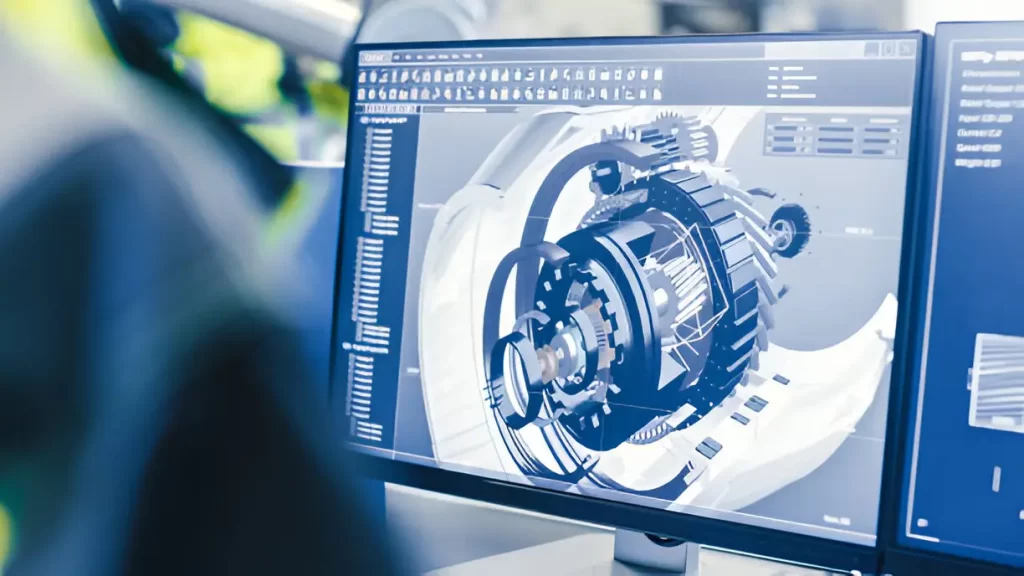
Prototype CAD Design
Rapid prototyping allows you to make functional models of a product in a short time. It will enable testing and changes early during the design phase. So, it speeds up product development and helps you avoid costly mistakes later.
Generally, 3D printing is mainly used for industrial design prototyping. It is quick and gives parts in just a short time. CNC machining, sheet metal fabrication, and rapid injection moulding are standard. The choice is made on materials and design requirements.
The main benefit of rapid prototype development is speedy iteration. You can produce multiple versions and even revise a single prototype many times. This allows you to test ideas and improve designs in a repeated manner.
Prototyping rapid gives clear insights into fit, function, and product feasibility. Testing them helps refine designs before full-scale production. Rapid prototyping validates that products are reliable and meet standard expectations.
Stages of Industrial Design Rapid Prototyping Process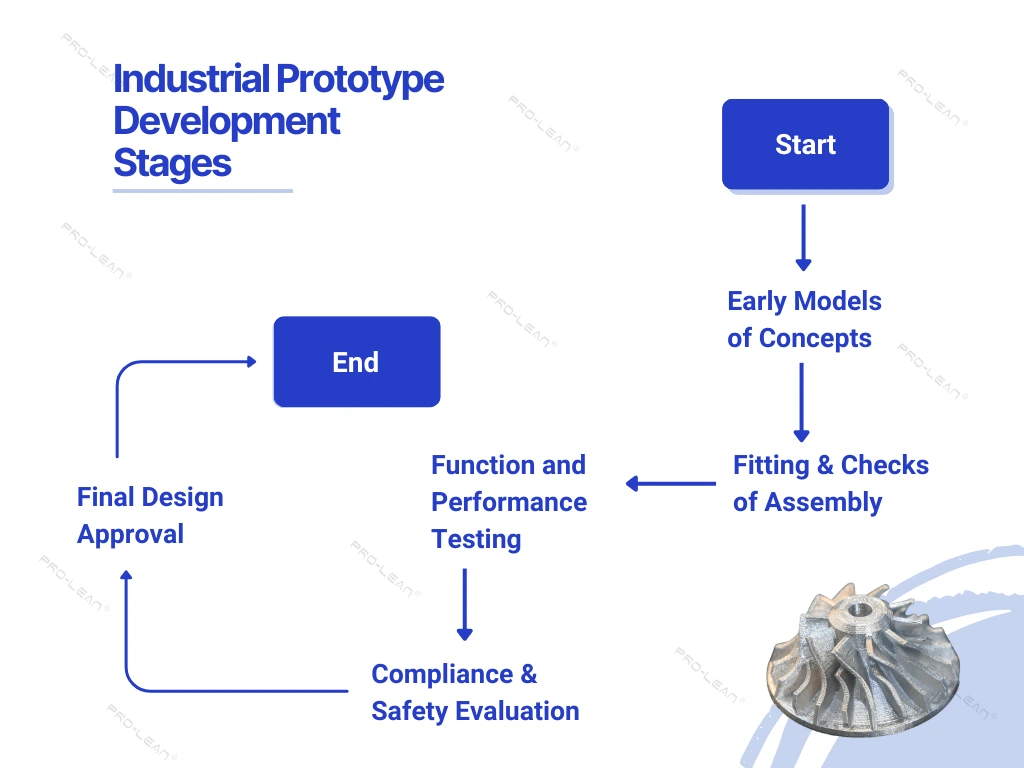
Industrial Prototype Development Stages
Rapid prototyping is an incremental procedure. As mentioned before, it assists engineers in conducting tests on ideas before commencing large-scale production.
The phases are concentrated on various results. However, it all starts with the design form check, which includes the performance assessment in actual conditions.
Choosing the right CNC prototype method and material to use at every stage is imperative to getting accurate products.
Stage 01: Early Models of Concepts
In the beginning, product design and prototyping aim to demonstrate the basic form and idea. Simple materials like foam, cardboard, or clay may be used to realise the design quickly. 3D printing and urethane casting can develop a real model to take ideas to a higher level. This stage implies quick responses and identifying serious design issues.
Stage 02: Fitting and Checks of Assembly
Then the prototypes are observed to see how the parts fit into the other. Engineers test dimensions, alignment, and tolerances. The assembly issues can be pointed out by simple 3D printing and CNC-machining the parts and verifying them before starting production. The optimal manufacturing ensures there is no uncertainty in the results. Besides this, it avoids the need to make expensive changes afterwards.
Stage 03: Function and Performance Testing
Next, prototypes are tested in real-time scenarios. For example, these are checked under mechanical stress, heat, or even exposure to some chemicals. It depends on the intended role of the part. Wear and durability over a long period can be simulated by life testing.
Stage 04: Compliance and Safety Evaluation
The last step is to make an efficient prototype according to industry standards. Part testing may include safety, flammability, and regulatory compliance. Passing these tests implies that the design can be produced confidently without second-guessing.
Advantages of Industrial Prototyping
Industrial prototyping helps you make better products faster. It allows you to test parts and designs before starting mass production. By creating prototypes, you can avoid mistakes, save time, and reduce costs. Engineers, designers, and clients can see and introduce physical models. This makes feedback clearer and helps everyone understand the design better.
-
Early Problems
Prototypes allow you to detect design pitfalls before production. It is easy to check the dimensions, fit, and functionality. Besides this, you can quickly rectify design problems at this phase. As a result, this avoids the delay and material wastage to a significant extent.
-
More Defined Teamwork
Prototyping products promotes clear communication among teams. Designers, engineers, and clients can visualize how a part works in real time. This makes approvals faster and ensures less misunderstanding. Anyone may have valuable feedback relying on a real model.
-
Cost and Time Saving
There are no requirements for successive trial runs and costly tooling with rapid prototyping. With the same prototype, you can experiment with several variations quickly. It will save you costs and reduce the time spent on product development.
-
Improved Quality of Product
Functional and material testing is possible with prototypes. It allows you to inspect strength, durability, fit, and performance. This will keep the eventual product safe and dependable, and all specifications will be fulfilled.
-
Adaptive Design Exploration
Rapid Prototyping allows the testing and validation of materials, shapes, and features. It will be possible to test multiple designs and choose the fittest one. Therefore, it is flexible, promotes innovation, and maintains efficient production.
Try Prolean Now!
When to Use Prototyping?

Technical Drawing
Prototyping is best applicable when you are inclined to test ideas before creating the ultimate product. As discussed earlier, it assists you in detecting issues earlier, testing designs, and making better choices.
Using prototypes helps you save time, cut expenses, and verify the parts’ compatibility. They enable design engineers and clients to take a glimpse of the product and improve it during the pre-production phases.
In times you require a concept model.
The concept model making is the first step of rapid prototyping. It indicates the general shape, size, and design overview. You can evaluate the product’s feasibility and whether it is practical to make the intended product. Minor adjustments can be made before investing time in detailed engineering.
During the Material Testing Phase
Different materials behave in different ways under stress, heat, and wear. Prototypes allow you to experiment with materials to know which one fits best. This increases the longevity of parts and makes them safe.
During the fit and assembly checkup
Prototypes indicate whether all the parts fit in place. Alignment and size issues are noticeable. You can make amendments to the design at the earliest stage and save operational costs and time spent in production.
During the testing of functionality
Prototypes are used to imitate functionality. They indicate structural issues and electrical flow problems. The common testing methods include;
- Finite Element Analysis (FEA)
- Thermal Testing
- Vibration Testing
- Fatigue Testing
- Continuity Testing
- Circuit Simulation
These tests eliminate costly errors in the future.
In taking feedback
The prototypes allow the user and clients to view and touch the product. Feedback can improve the design and make the end product feasible, easy to make, and fit the expectations.
Applications of Industrial Prototyping
Rapid prototyping China is heavily practiced across the automotive, aerospace, medical, and electronics industries. It helps designers and engineers test ideas, fit, shapes, improve usability, and ensure products perform as intended before full-scale production.
Automotive
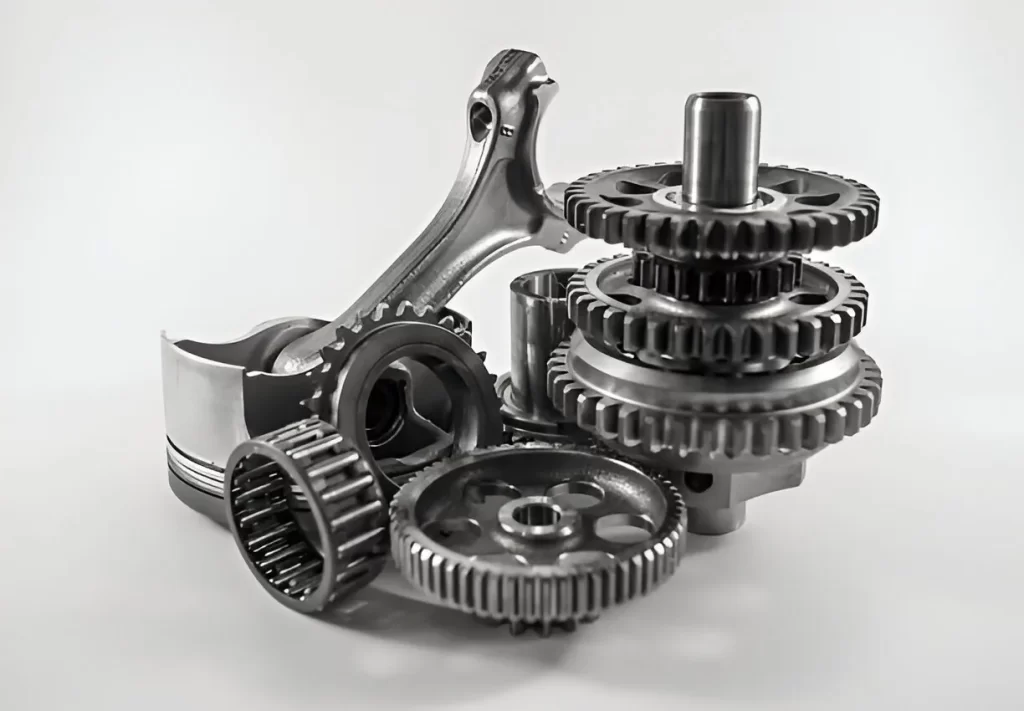
Automotive Gear Parts
Prototypes test car parts like dashboards, panels, and frames. Through testing, engineers check the fit, assembly, and performance. This way, they eliminate the assembly issues and make the vehicles more secure.
Medical Devices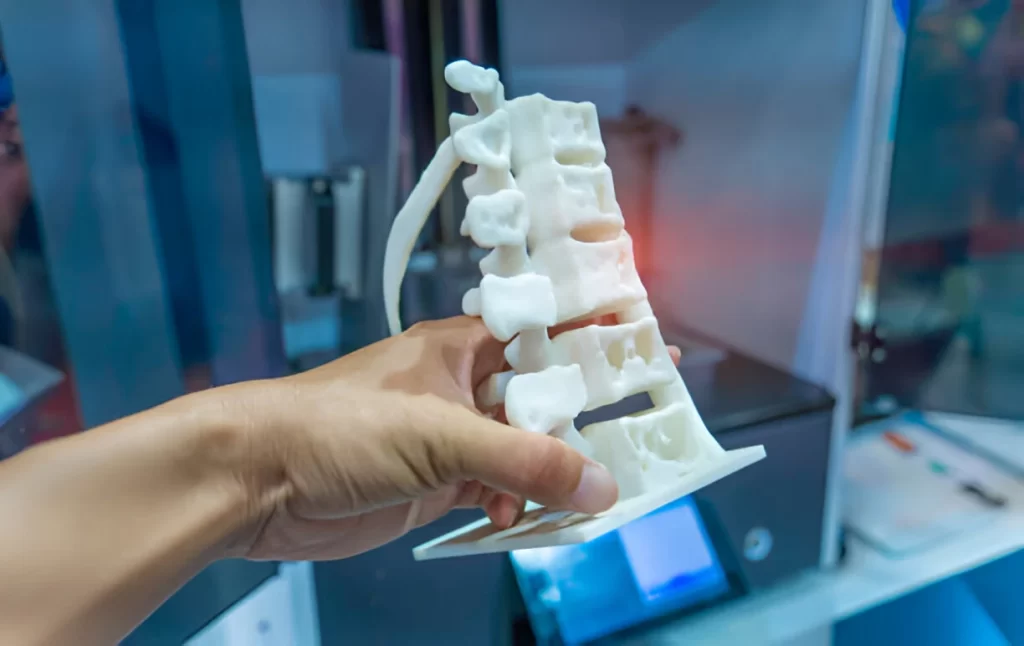
3d printed human spine
The prototypes used in medicine allow testing devices in conditions that simulate reality. They assist in verifying safety, reliability, and health regulation compliance. Medical products are critical, and even a slight error in design can affect patient safety. Prototype design pinpoints issues before the actual production of the product.
Furniture and Home Appliances
Chairs, tables, and appliances are prototyped to ensure proper usability, comfort, and style are checked. Designers can make changes based on feedback, making the product easy to use and attractive.
Industrial Equipment
Industrial equipment uses machinery prototypes and parts to check strength and durability. Engineers can detect vulnerabilities and improve designs. This averts collapse and maintains operational safety.
Consumer Electronics
The electronic devices are prototyped to measure assembly, fit, and functionality. Testing helps ensure that everything falls in line. It also assists in the minimisation of faults related to current flow.
Try Prolean Now!
Materials Commonly Used in Rapid Prototyping
Choosing the right material for prototyping design is imperative as the product’s function, reliability are based on it. Plastics are ideal for lightweight models, and metals are used for functional and structural testing. The table below lists some of the common materials for prototyping.
| Plastic Materials | Machining Accuracy | Cost | Metal Materials | Machining Accuracy Range | Cost |
| ABS | ±0.1 – 0.2 mm | Low | Aluminium | ±0.01 – 0.05 mm | Medium |
| PLA | ±0.1 – 0.2 mm | Low | Steel | ±0.01 – 0.05 mm | High |
| Nylon (Polyamide) | ±0.05 – 0.15 mm | Medium | Stainless Steel | ±0.01 – 0.03 mm | High |
| Polycarbonate (PC) | ±0.05 – 0.15 mm | Medium | Copper | ±0.01 – 0.05 mm | High |
| PETG | ±0.1 – 0.2 mm | Low | Brass | ±0.01 – 0.03 mm | High |
| Urethane | ±0.1 – 0.2 mm | Medium | Titanium | ±0.01 – 0.03 mm | Very High |
| Acrylic (PMMA) | ±0.05 – 0.15 mm | Low | Bronze | ±0.01 – 0.05 mm | High |
| Polypropylene (PP) | ±0.1 – 0.2 mm | Low | |||
| PEEK | ±0.02 – 0.05 mm | High | |||
| Polystyrene (PS) | ±0.1 – 0.2 mm | Low |
General Rapid Prototyping Machining Processes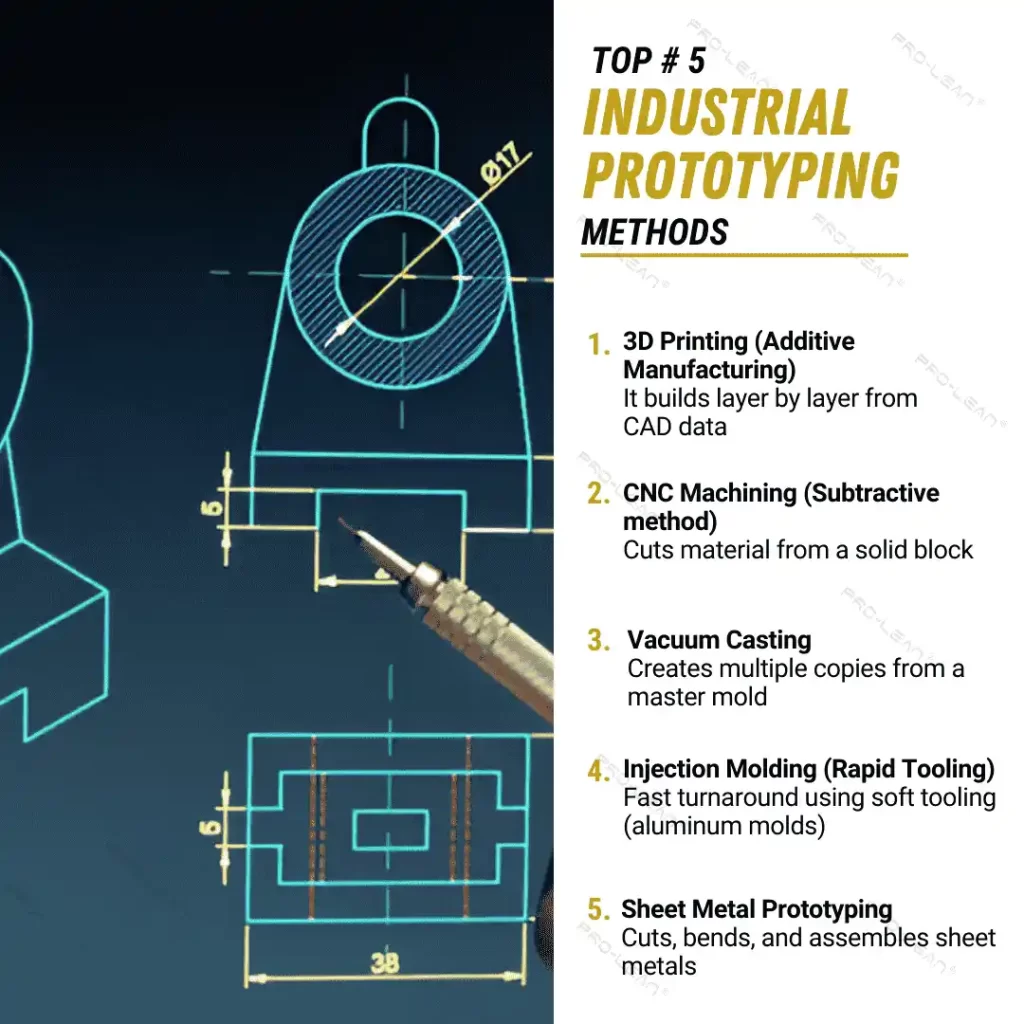
Top 5 Industrial Prototype Methods
The rapid prototyping companies use many techniques and procedures to make functional, visual, and assembly-ready parts. Proper testing will occur by selecting the right approach, iterations will be quicker, and development risks will be reduced.
FDM, SLA, SLS 3D Printing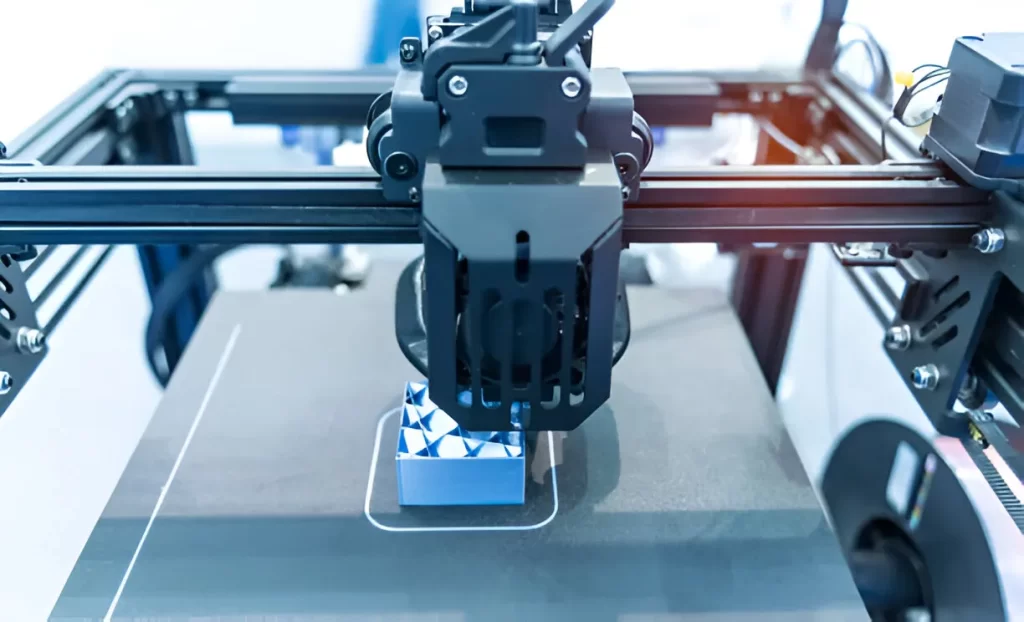
Prototype 3D Printing
3D printing takes CAD files and constructs them layer by layer. It can make complex 3D printed automotive parts that cannot be machined using conventional methods. ABS, PLA, Nylon, and urethane are common materials used in 3D printing to test form, fit, and function. It is very economical to verify a design on a prototype at an early stage.
CNC Machining
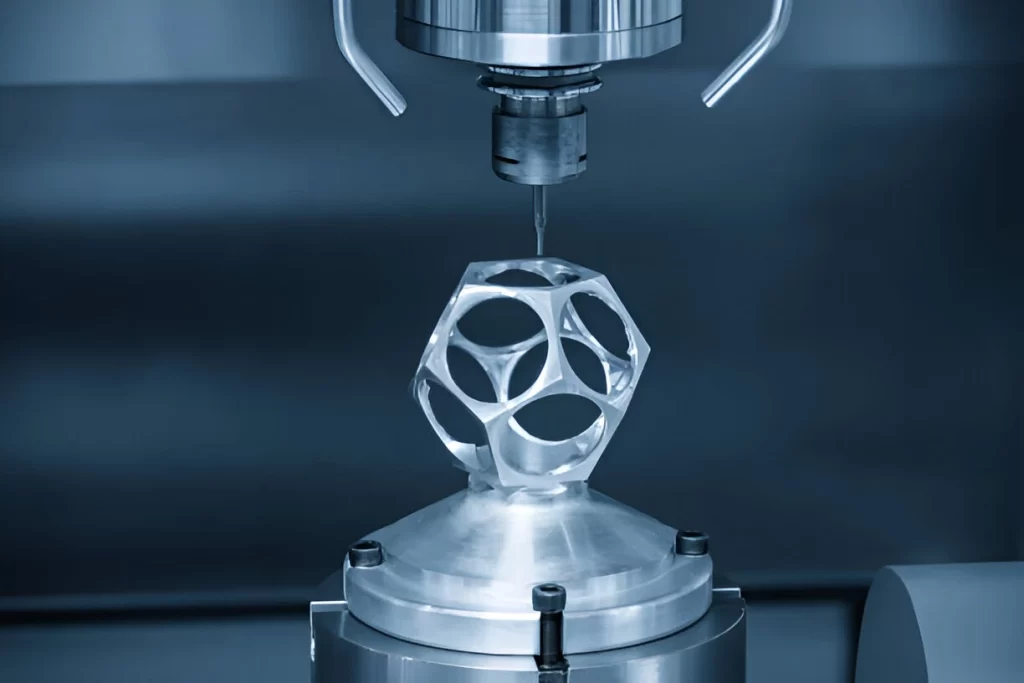
CNC Machining Prototyping
CNC machining cuts metal or plastic blocks to high precision. It involves prototype cnc milling, turning, and cutting. The usual materials are aluminium, steel, stainless steel, copper, and brass. It gives strong parts that are good enough for functional testing. CNC gives close tolerances and a finished surface much like the final product.
Injection Moulding (Rapid Tooling)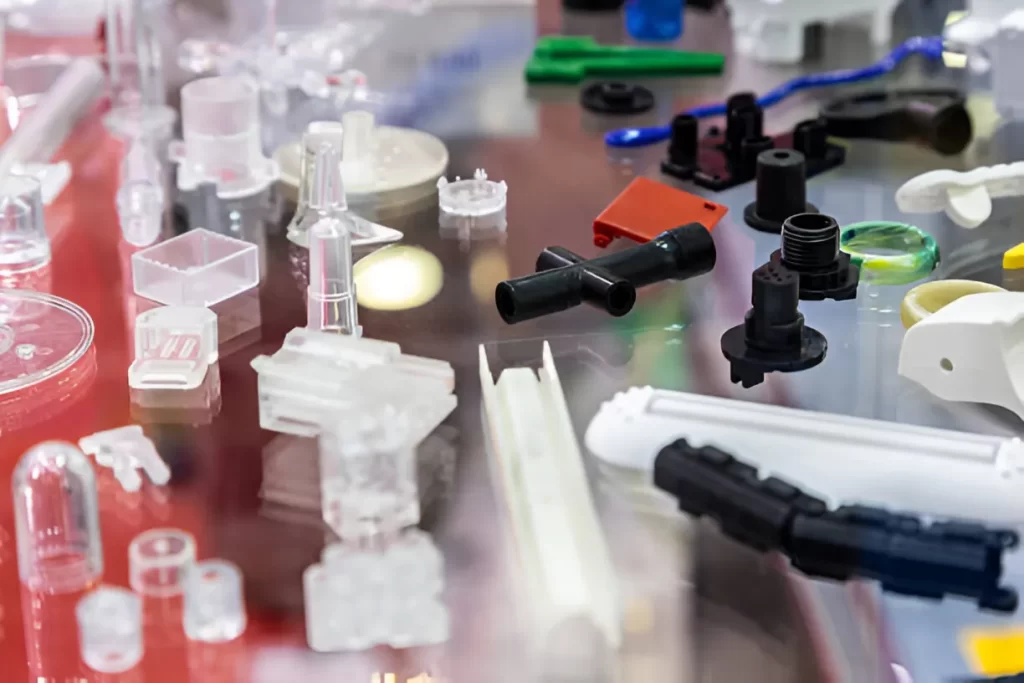
Goods and plastic molded prototype parts
Rapid tooling injection moulding makes a series of prototypes using thermoplastics, including ABS, Nylon, polypropylene, and polycarbonate. It is perfect for evaluating the small batches’ assembly, fit, and performance. Injection molding benefits production-ready designs and facilitates low-cost tooling before committing to high-volume tooling.
Sheeting Metal
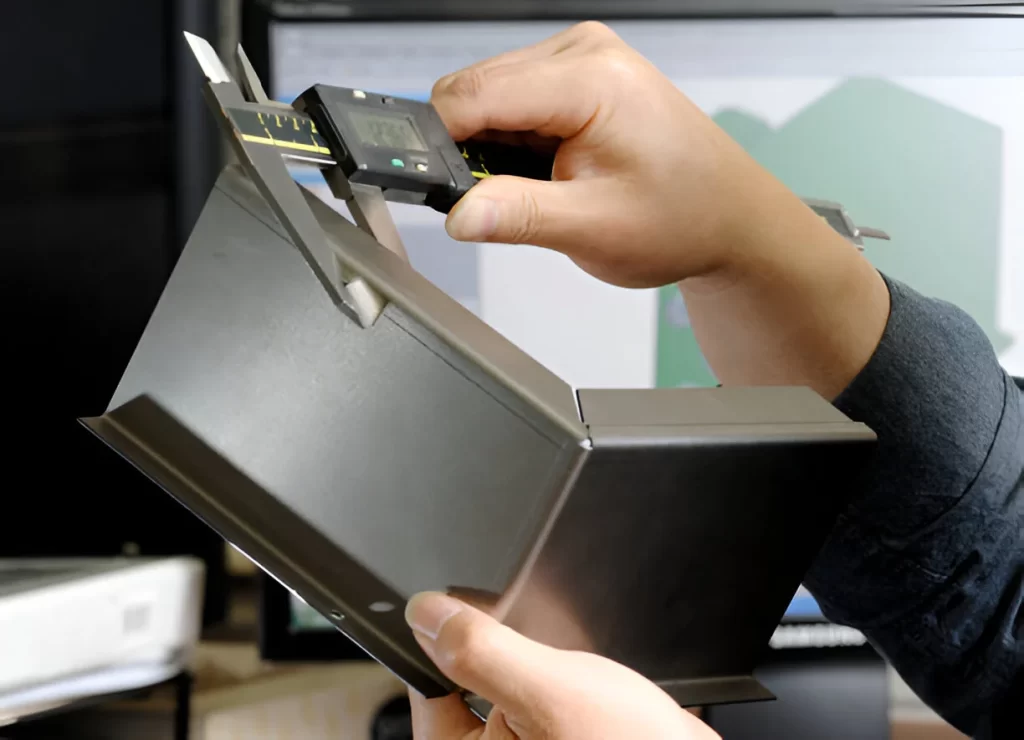
Sheet Metal Dimensional Check
Sheet metal prototyping comprises structural components such as brackets, panels, and enclosures. Aluminium, steel, stainless steel, and brass sheets are ordinary materials. Bending, cutting, and stamping are common processes that allow engineers to test their assembly fit and design feasibility.
Vacuum Casting
Vacuum Casted Prototype
Vacuum casts give small part runs using a master mold. It usually uses materials like urethane, epoxy, and silicone. It can test parts visually and practically, similar to the final production parts. The approach makes quick iterations possible to test material properties and aesthetics.
Laser Cutting & Engraving
Laser cutting can cut exact shapes out of thin materials without tool wear. Thin metals, acrylic, and polycarbonate are commonly used in laser cutting. It helps make prototype panels, ornamentation parts, or even detailed works that require high accuracy and a clean edge.
Waterjet Cutting
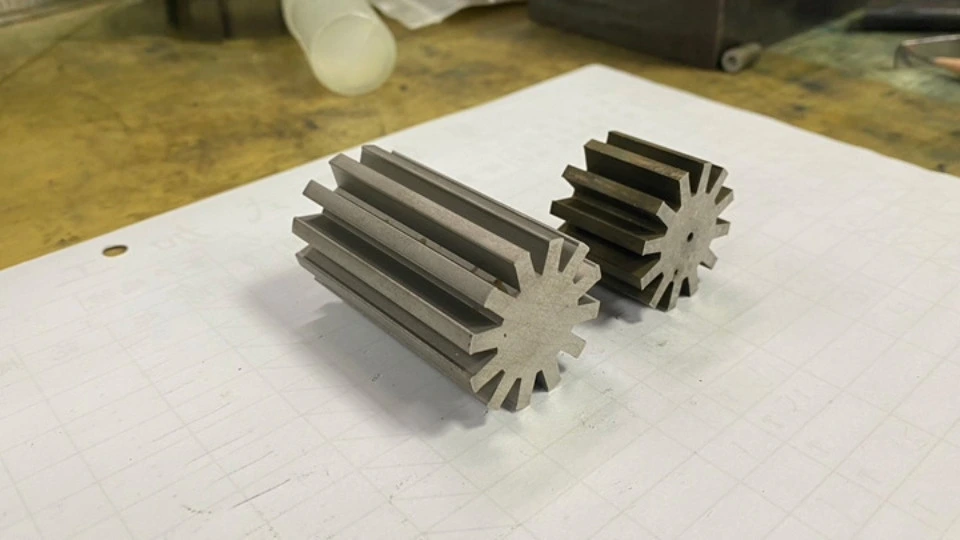
Waterjet cutted Parts
Waterjet cutting cuts thick material sheets with a high-pressure jet combined with abrasives. Waterjet cutting involves no heat. It can precisely cut popular metals like stainless steel, titanium, aluminium, and copper. It is perfect for a structural prototype test to validate dimensions and smooth edges.
Sand casting (prototyping)
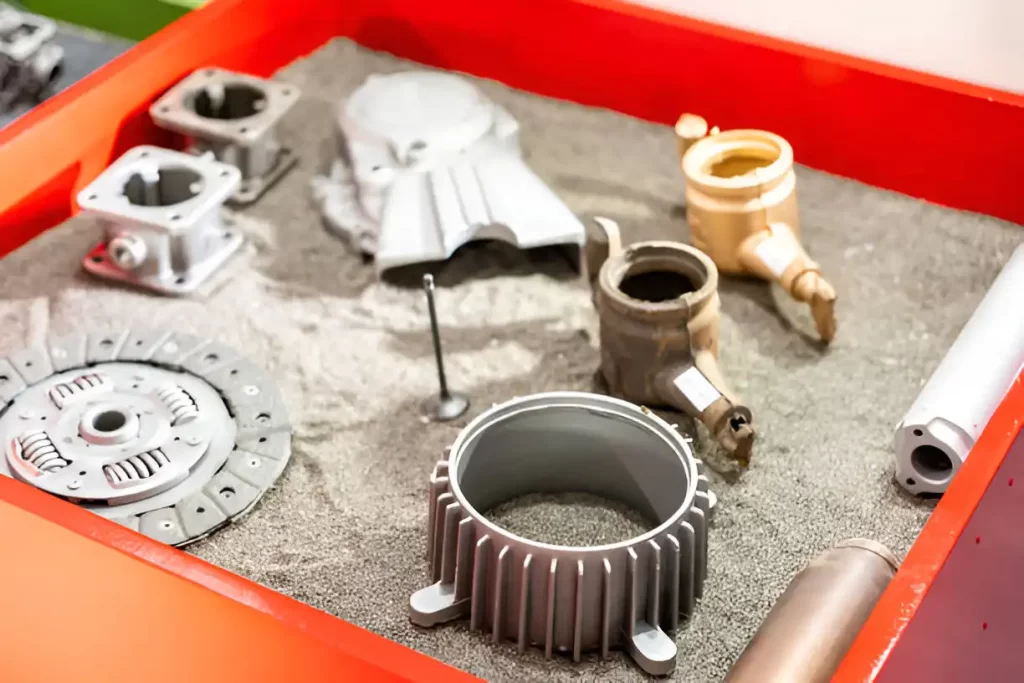
Sand-Cast Prototype Parts
Sand casting is an economical and low volume manufacturing and prototyping technique. It uses aluminium, bronze, cast iron, and brass. It can be used to test a mechanical performance and shape complexity before large-scale metal production. The method gives parts a realistic impression in early design to test their functionality.
Get Your Custom Prototypes and Parts Today
ProLeanTech offers quick and precise rapid prototyping services. Whether you need CNC machining, sheet metal fabrication, 3D printing, or injection molding, we provide free DFM analysis and consultation for your design to help you improve it for efficient production.
Our team validates that every prototype meets exactly to your design specs, refines, and launches products. Contact the ProLean Tech team now to discuss your project and get a solution that saves time and reduces costs.

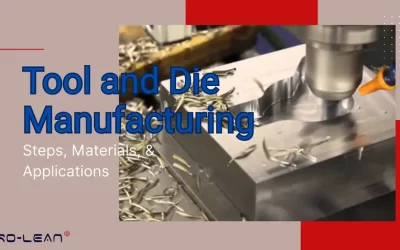
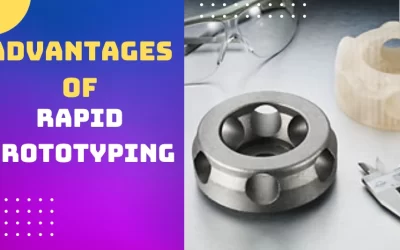
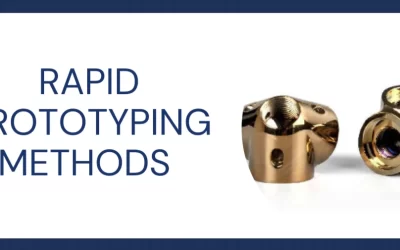
0 Comments